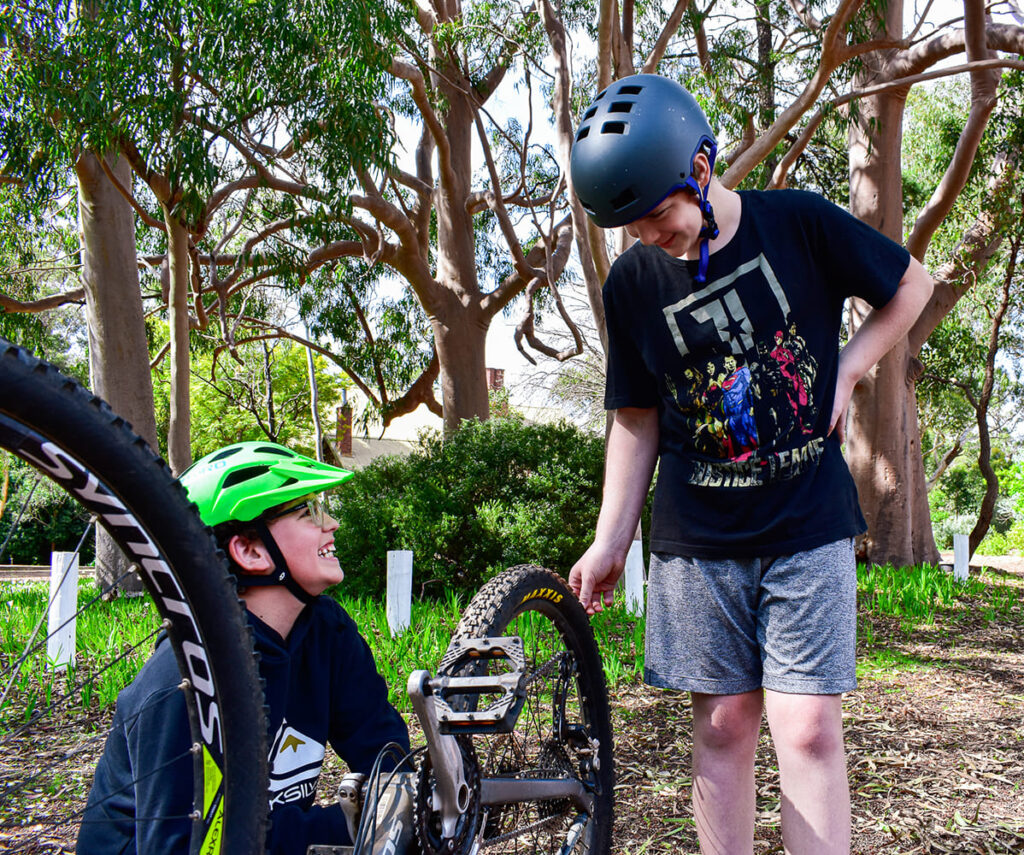
Traditional teaching methods are giving way to more engaging and student-centred approaches. Two such methods, interactive learning and collaborative learning, are widely recognised for their ability to enhance student engagement, retention, and overall learning outcomes. While these approaches share similarities, they have distinct characteristics that shape how students learn and interact with educational content.
What is Interactive Learning?
Interactive learning refers to a method of education that actively engages students in the learning process. Instead of passively receiving information from a teacher or textbook, students interact with course materials, instructors, and peers through various activities designed to enhance understanding and retention.
Key Features of Interactive Learning
- Active Participation – Students are encouraged to engage with lessons through hands-on activities, discussions, and problem-solving exercises.
- Use of Technology – Digital tools, such as interactive whiteboards, educational software, and virtual simulations, enhance student engagement.
- Immediate Feedback – Teachers and digital learning platforms provide real-time responses, helping students correct mistakes and refine their understanding.
- Self-Paced Learning – Interactive learning allows students to progress at their own speed, catering to different learning styles and abilities.
Benefits of Interactive Learning
- Greater Retention – Students are more likely to remember and understand concepts when they actively participate in the learning process.
- Encourages Critical Thinking – Engaging with content in an interactive manner fosters analytical and problem-solving skills.
- Boosts Engagement – Hands-on activities and technology-driven interactions make learning more enjoyable and stimulating.
- Personalised Learning – Adaptive learning technologies adjust to individual student needs, ensuring more effective knowledge acquisition.

What is Collaborative Learning?
Collaborative learning is an instructional approach where students work together in groups to achieve shared learning goals. This method promotes teamwork, communication, and problem-solving by encouraging learners to interact, exchange ideas, and build knowledge collectively.
Key Features of Collaborative Learning
- Team-Based Activities – Students work in pairs or groups on projects, assignments, or discussions.
- Shared Responsibility – Each group member contributes their knowledge and skills, fostering accountability.
- Diverse Perspectives – Exposure to different viewpoints and problem-solving strategies enriches learning.
- Teacher as a Facilitator – Instead of delivering information, teachers guide and support students in their collaborative efforts.
Benefits of Collaborative Learning
- Improves Social Skills – Encourages communication, leadership, and teamwork.
- Enhances Problem-Solving Abilities – Students develop strategies together, refining their critical thinking skills.
- Deepens Understanding – Explaining concepts to peers reinforces comprehension and retention.
- Prepares for Real-World Scenarios – Reflects workplace dynamics where collaboration is essential.
Integrating Interactive and Collaborative Learning
Blending interactive and collaborative learning can create a well-rounded educational experience. Some effective strategies include:
Flipped Classrooms
In a flipped classroom model, students interact with learning materials independently before class (interactive learning) and engage in group activities during class time (collaborative learning). This approach allows students to digest new information at their own pace and apply their knowledge collaboratively.
Project-Based Learning (PBL)
PBL combines both methods by requiring students to conduct research, analyse data, and present findings as a team. They interact with content while also working collaboratively to develop solutions to real-world problems.
Peer Teaching
Students take turns teaching concepts to their classmates. This method merges interactive learning (as students prepare and internalise concepts) with collaborative learning (as they share and discuss ideas with peers).
Gamification and Digital Collaboration Tools
Educational platforms that integrate gamification elements, such as quizzes, role-playing scenarios, and interactive simulations, make learning fun while also encouraging teamwork. Digital collaboration tools, such as Google Docs and virtual discussion boards, enable students to work together on projects from different locations.

Real-World Applications of Interactive and Collaborative Learning
Many schools integrate interactive and collaborative learning in subjects like science and mathematics, where students conduct experiments in teams or use digital simulations to test hypotheses. Language and literature classes may incorporate peer editing and group discussions to enhance comprehension.
Universities use discussion-based seminars, online learning platforms, and collaborative research projects to foster engagement. Interactive case studies, debates, and presentations allow students to develop a deeper understanding of their subjects.
Conclusion
Interactive and collaborative learning play crucial roles in modern education, each offering distinct advantages that enhance student engagement and knowledge retention. While interactive learning focuses on direct student engagement with content and technology, collaborative learning fosters teamwork, communication, and shared problem-solving. By integrating both approaches, educators can create dynamic learning environments that prepare students for academic success and real-world challenges.










